Embrace yourself for a long ride consisting of three different stories but interlinked.
The retreat had taught me the importance of food in building overall health; as food can become both a stimulator of health or disease, depending on its nature. We had turned to eat organic foods for a decade now, but I couldn’t find an organic vegetable supplier at the current location that we are stationed at. So, I took it upon myself to grow my own greens, to begin with. By now, I was already accustomed to composting and had this entire composting set-up on our balcony and was growing some flowering plants and herbs. But growing food required a range of organic inputs and so began my search for suppliers. And this search introduced me to three different parties whom I would like to call ‘Humans, the Rescuers’. These were the people under whose influence I took to Vegetarianism again. These were the people who were doing their bit to save the wretched system and give new life to it. If you had read Part 1 of this article series, you would remember me mentioning ‘Humans, the Destroyers’. So, let’s get on with the stories.
Rescuer 1: An ardent Sanatana Dharma following couple who returned from a foreign country to start a cow rescue organization.
This couple returned back from Europe because they couldn’t bear the way cows were treated in India and wanted to do something about it. The wife is an Ayurvedic doctor and Researcher who formulates various ayurvedic herbal cow-based products in the segments of skin & beauty, healthcare & medicines, agricultural products, animal health products, and supplements, etc, other than seeing outpatients. The husband was a businessman who made some really good contacts across the globe. He planned on starting an export business of cow-based ayurvedic products after coming back to India which could financially support their cow rescue mission; so as not to depend on donations the products are exorbitantly priced(when converting into Indian currency).
After coming back to India, the couple started purchasing and rescuing a lot of abandoned cows and calves and parked them in a small shelter as a temporary stop; and the location of which happens to be closer to our residence. I spotted them online by chance because they carried organic potting soil mix, but all products were only exported. Upon calling and requesting them, they agreed to provide us with some supplies. We met them on the appointed day at the cow rescue shelter to collect our material since they usually worked out of an office that is very far from our location. When we met them, we spoke at length on various topics but a major chunk of it was regarding the desolate state in which these cows were rescued. Most of the cows and calves were very lean, bony, diseased, limping, and suffering. The majority of them were non-milk-producing cows or male calves which were either abandoned by their owners or were supposed to be sent to slaughterhouses. We were shocked by the information that a sizable number came from the temples. The abandoned cows mostly eat out of garbage bins, dump yards, open lands filled with rubbish as there are no untouched green pastures left owing to the heavy constructions, and the cows mostly ended up eating plastic or other undesirable stuff which clogged their guts/intestines, leading to their suffering or were malnutrition.
The couple bought this big 4-5 acres of land on the outskirts of the city and were developing it as a proper shelter and grazing field for the cows. The lady herself being a doctor was treating the smaller ailments of the cows with ayurvedic concoctions/medicines, and in severe cases only, a vet was called upon. They were not in favor of modern medicine and divulged that both their kids weren’t vaccinated since birth. They took really good care of the cows by providing them with nutritious food, spending quality time, and looking after their welfare.
This couple directed us to our next connection so we could source organic vegetables.
Rescuer 2: Young Entrepreneur turned Organic farmer (Let’s call him Gautam)
Gautam also had dreams of studying and working in a foreign country like all his friends and classmates but due to various circumstances, he couldn’t pursue his dreams. He tried his hands at various businesses which fetched him good money and experience but not satisfaction. Due to various motivators, he turned to his father’s profession which is farming, but with a divergence.
Under the tutelage of an experienced farmer, Gautam took practical lessons on natural farming practices along with self-study on the subject. Now he owns a brand of organic products to his name and handles the entire gamut of tasks ranging from growing, harvesting, processing, packaging, distribution, retailing, wholesaling, and anything, and everything to curb adulteration, an idea born out of his experience of dealing with others vendors. He also trains other farmers on natural farming practices, guides them on modern techniques, and also resolves their queries patiently. He requests them to move to natural practices with the promise to buy all their produce at good prices. His story is an inspiration by itself but maybe for some other time. Then why did I narrate his story here? Well, he was the one who lay the statement “Who will take care of the cows if not for the milk?”, upon being asked, “Isn’t it immoral to milk the cows?”. He had this big shelter built with all facilities integrated into it, for the wide variety of indigenous cows that he manages. He had named all the cows and calves and remembers them by heart.
Our conversation on this topic that day and many other days of watching and understanding this aspect in the purview of the whole picture on subsequent visits convinced me that milk in itself is not the problem here, but the way in which the cows are pictured and treated. There are ethical and unethical practices in all spheres of life. All life is interdependent. The ‘Bhav or Sentiment’ with which a work is done changes the nature of the output we derive. When greed is involved, the output will be poisonous. As a matter of fact, everything that we inject today into our bodies is poisonous, like the air, water, food owing to pollution and mutation. The vegetables and fruits are laden with pesticides and chemical fertilizers since the intent with which the farmer is growing crops is money over the health of the consumer.
Humans and cow lives are the most interdependent. The entire Zero Budget Natural Farming (ZBNF) system is a cow-based system where the desi(native) cow dung and urine are used to fertilize the soil and prepare pesticides along with some other natural ingredients. The cows also can’t do without human care. An ethical and informed rearer takes good care of the nutrition requirements and living conditions of the cows, watches over them when they fall sick, and treats them like family. Due to the lack of unadulterated pastures, hybrid grasses are grown on acres of land to feed the cattle. The cows eat a lot and the green fodder itself costs a ton. If they don’t sell the milk and milk products, how will they take care of the cows? Since the cows are well taken care of, it then becomes an aspect of sharing and caring for each other.
Gautam further directed us to our next contact so we could source good quality milk.
Rescuer 3: A businessman who took to rearing cows as a part of service to society
After his mother was diagnosed with cancer and is suggested to move to a wholesome vegetarian diet, he took to rearing cows for milk as the commercially available milk was deemed unhealthy; and cared for them well. After personally witnessing the benefits of healthy milk when his mother recovered, he undertook it as his mission to supply society with good quality milk so the babies can grow healthily.
If you ask me, how did it become a service when he is charging for the milk and milk products? Although these products come at a premium price, way higher than their commercially available counterparts, they still don’t make up for the upkeep and upbringing of the cows. Not only does the nutrition of the cow costs well, the male calves, bulls, and non-milk-producing cows are also not abandoned or sent to slaughterhouses, and this adds to the cost. Moreover, the indigenous variety of cows produce much less milk than the jersey varieties. So, most of the time he has to invest from his own pocket but since his business is doing well, he is happy to do this service.
These were the people who changed my outlook and provided me with good enough reasons to start using dairy again. I had to choose between standing on the sideline, to avoid this whole issue by opting to keep myself on a Vegan diet or become a part of the change that these people were trying to bring. How can I contribute to the change you ask me? By buying the products at premium prices and using them. The prices go high since the production and availability are less including variables and issues many.
If I am what I eat, I would rather eat the food grown by someone who wishes my health and the health of nature; drink the milk of a cow to get a dose of mother’s love since it doesn’t mind sharing its milk with the compassionate caretaker. I even started using the entire range of herbal and cow dung-based products for home care, personal care, gardening needs, pooja needs, and whatnot.
PS: I hope the stories were interesting and inspirational enough to match your time’s worth of reading this long write-up.
Image Credits: ATDSPHOTO from Pixabay

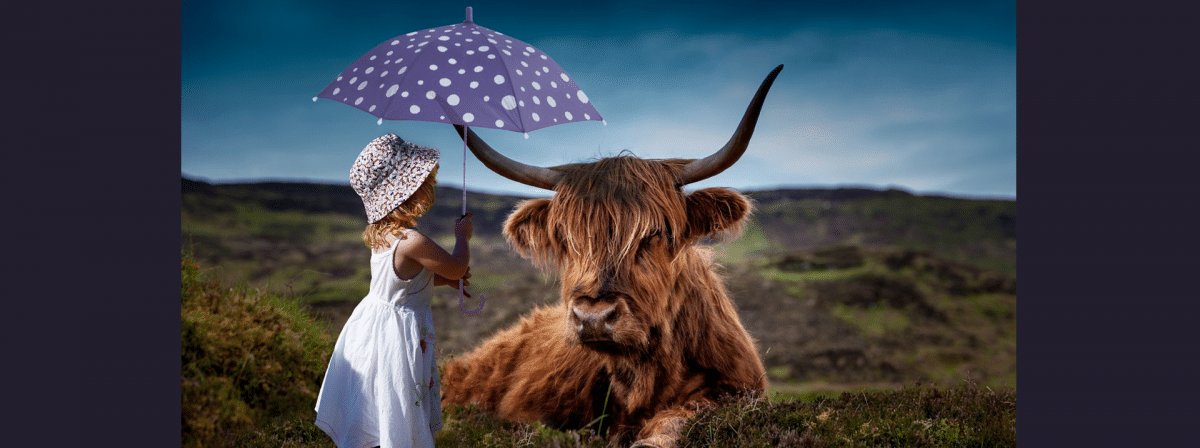
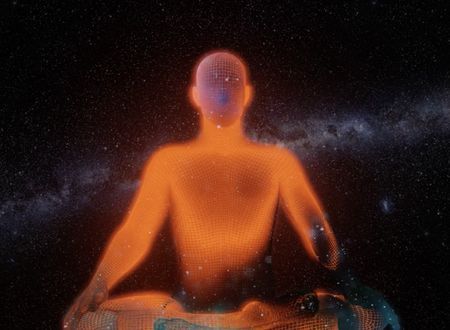
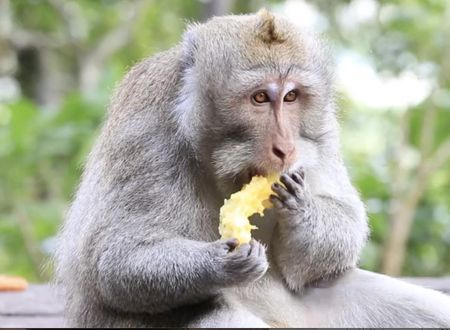

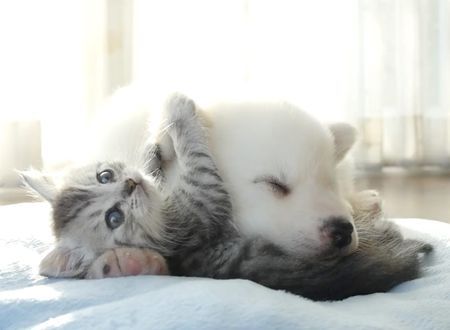
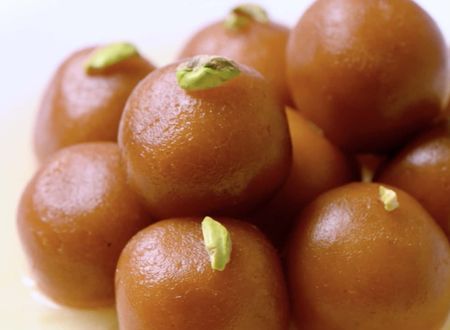


Comments & Discussion
25 COMMENTS
Please login to read members' comments and participate in the discussion.